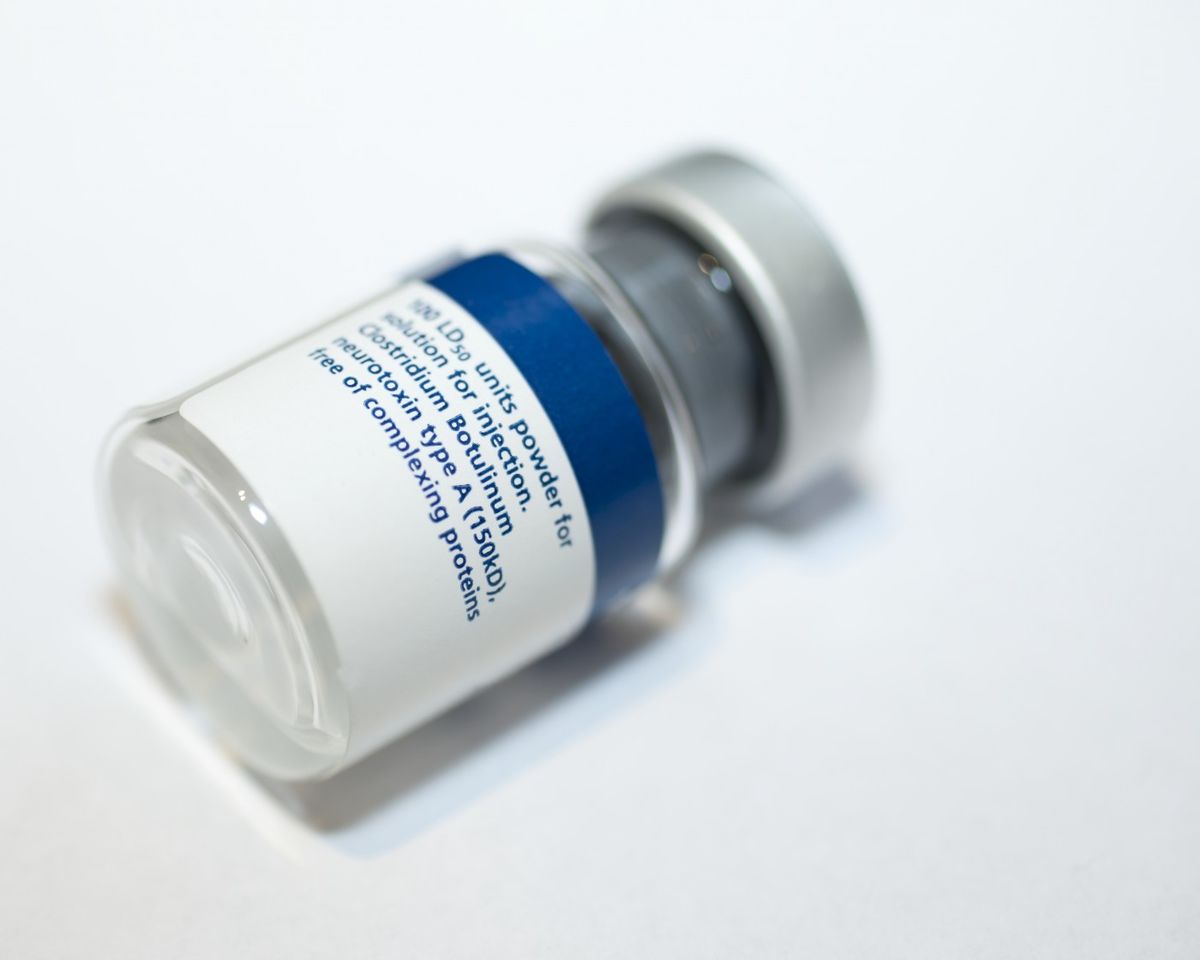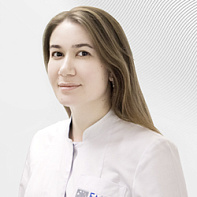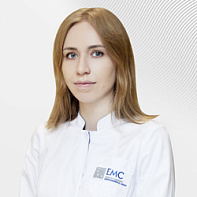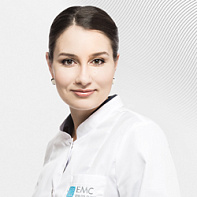Botulinum therapy

Botulinum therapy is one of the most actively developing areas in modern neurology. Over the more than 20-year history of the method, its absolute safety and high efficiency have been proven.
The mechanism of action of botulinum toxin preparations is associated with the block of release from the endings of nerve cells of substances that are responsible for transmitting impulses from the nerve to the muscle, glandular tissue cells; substances involved in the genesis of pain, inflammation, etc.
Indications for botulinum therapy
Absolute indications for the use of botulinum toxin preparations in neurology:
- Cerebral palsy in children (spastic and dystonic forms).Botulinum therapy is the only effective and safe method of correcting high muscle tone in patients with cerebral palsy. EMC also usesbotulinum therapy combined with step-by-step plaster.
- Local muscle spasticity (high muscle tone) as a consequence of stroke, traumatic brain and spinal injury, inflammatory brain disease, etc.
- Local muscular dystonia: blepharospasm, cervical dystonia, etc.
- Chronic migraine.
In the treatment of these diseases, botulinum toxin (BTA) preparations are the first-line drugs of choice and are definitely recommended for use, since according to the results of numerous studies, their effectiveness and safety are regarded as the highest possible – Class A.
The range of indications for the use of BTA drugs is gradually expanding, and new studies are being conducted that indicate the possibility of using botulinum toxin in the treatment of the following diseases and related symptoms:
- conditions manifested by involuntary muscle activity: hemifacial spasm, tremor, tics, myoclonus, trismus, bruxism, myokemia, synkinesia, etc.;
- motor disorders: idiopathic toe walking, clubfoot, Parkinsonism, multiple sclerosis, etc.;
- pain syndrome in conditions such as arthrosis, plantar fasciitis, tendovaginitis, tennis elbow syndrome, piriformis syndrome, popliteal artery syndrome, etc.;
- sialorrhea (increased salivation) as a symptom of various diseases of the central nervous system (cerebral palsy, consequences of stroke, amyotrophic lateral sclerosis, etc.);
- chronic headache: migraine, tension type headache and etc.
In the treatment of the diseases listed above, BTA drugs can act as a second-line method of choice if the main treatment methods are ineffective or in addition to them.
Botulinum toxin can also act as a symptomatic treatment. In addition to the main therapy, BTA reduces the severity of symptoms that significantly impair the patient's quality of life.:pain, increased salivation, involuntary muscle activity, etc.
Contraindications to botulinum therapy:
- skin changes at the injection site
- diseases accompanied by muscle weakness
- exacerbation of somatic diseases, acute infectious disease at the time of injection
- individual intolerance to botulinum toxin preparations
- age up to 2- x years old.
Download brochure "Botulinum therapy for cerebral palsy"
Doctors




.jpg)
.jpg)




.jpg)
.jpg)

.jpg)

.jpg)

.jpg)

- Specialization — diagnosis of emergency conditions, differential diagnosis, treatment of dizziness, cognitive impairments, syndromes associated with diseases of the musculoskeletal system, movement disorders and extrapyramidal disorders
- Health Plan Doctor: Preventive Neurology, Dementia prevention, ONMC
- Graduated from the State University of Medicine and Pharmacology Universitatea de Stat de Medicinău Farmacie "Nicolae TestemițAnu"




